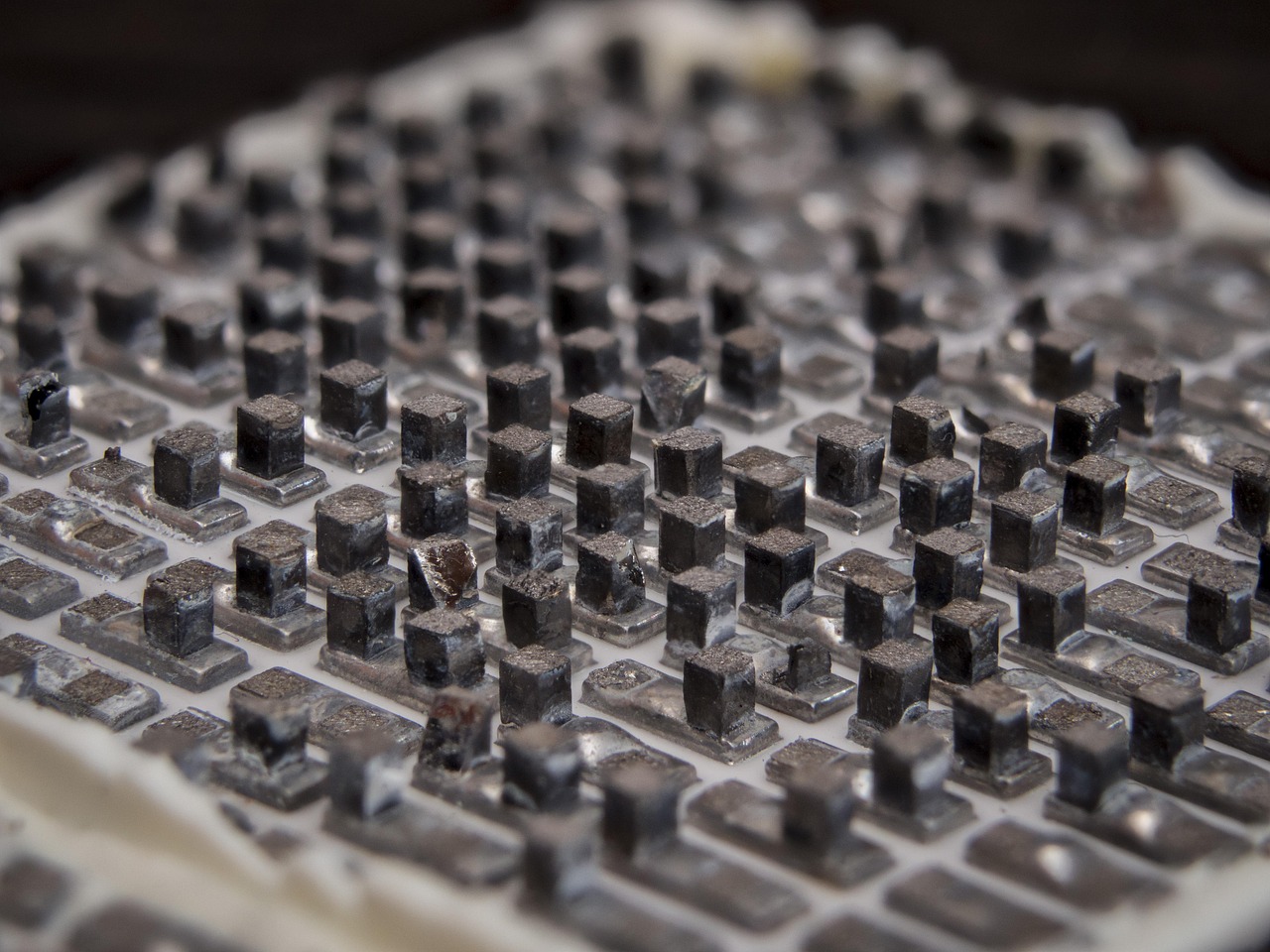A Glimpse into the World of Thermoelectric Generators: Transforming Waste to Power
Thermoelectric generators (TEGs) may not be the most common term in the tech world, but they're making waves in the field of sustainable energy. These devices, powering everything from NASA's Mars Rover to your wearable device, transform waste heat into electricity, bringing us one step closer to a cleaner, more efficient future.

A Brief History: The Pioneering Steps towards Thermoelectric Generators
The concept of thermoelectric generation is not new. It dates back to the early 19th century when the German scientist Thomas Seebeck discovered the phenomenon that would later be named after him—the Seebeck Effect. He found that when two different metals are connected and exposed to different temperatures, an electric current is generated. This was the first step towards today’s thermoelectric generators.
As the 20th century rolled around, thermoelectric technology began to evolve. Cars, for instance, started using TEGs to harness the heat their engines produced. Then, in the 1970s, NASA began using radioisotope thermoelectric generators (RTGs) to power their space missions.
Thermoelectric Generators Today: From Space to Your Wrist
Fast forward to the present day, and thermoelectric generators are being used in a wide array of applications. One of the most high-profile uses is in NASA’s Mars Rover, Perseverance. It uses a multi-mission radioisotope thermoelectric generator (MMRTG) to convert heat from the decay of plutonium-238 into electric power.
In contrast to these large-scale applications, TEGs are also finding use in wearable technology. For instance, the PowerWatch, manufactured by Matrix Industries, uses body heat to power the device. This means the watch never needs charging—a game-changer in the wearable tech industry.
The Market Impact and Price Range of Thermoelectric Generators
The market for thermoelectric generators is expected to grow steadily. According to a report by MarketsandMarkets, the TEG market is projected to grow from $460 million in 2021 to $741 million by 2026, at a compound annual growth rate (CAGR) of 10.03%.
The price range of TEGs varies considerably depending on the application. For instance, a TEG for a vehicle could cost a few hundred dollars, while an MMRTG for a space mission could run up to millions. On the consumer side, a PowerWatch costs around $200-$500 depending on the model.
The Future of Thermoelectric Generators: A Bright Outlook
Looking ahead, the future of thermoelectric generators seems promising. The push for sustainable energy and the need to harness waste heat effectively are driving innovation in the field. Research is ongoing, with scientists exploring new materials and techniques to increase the efficiency of TEGs.
In summary, thermoelectric generators, with their ability to convert waste heat into electricity, stand at the forefront of sustainable technology. From powering space missions to wearable devices, they are transforming the way we look at energy consumption and waste. As we move towards a future where efficient energy use is paramount, TEGs will undoubtedly play a crucial role.




